Jill and I visited last week on a day when temperatures were in excess of 40o and the rarest commodity on the domaine was shade. I eventually found some solace in a rail car, overlooking a vineyard and a couple of structures designed by Richard Rogers.
The rail car in question is an art installation by Bob Dylan. It’s a collage of iron pieces, and it’s life-size, set on rails along the perimeter of the vineyard. It’s a couple of miles from the main reception of the estate, all uphill. It’s not on the map that you are given, and it’s un-signposted. I, and a Bob fan from the States whom I met randomly when we both asked each other where it was, found it by accident and perhaps that is how it is intended to be found. A kind of serendipity.
Bob says that it “represents perception and reality at the same time. All the iron is re-contextualised to represent peace, serenity and stillness.”
It does.
From across the vineyard it is monumental. Massive. But come closer and one sees that it is also delicate, with the motifs - tools, wheels, ladders - intricately positioned to create a form a tracery of branches, veins, offshoots. It’s a form of topiary I guess, with Bob inspired or at least prompted by the location on the old Roman road that meanders through the forest at La Coste.
Alongside the rail car (alongside in terms of time rather than geography - the two are on opposite sides of the huge estate) is an exhibition of a couple of dozen original paintings from the Drawn Blank series.
Most of us know these from viewing or owning the prints. To see the originals is to see that Bob is a very painterly painter. His works are shown with works by Monet and Matisse, Chagall, Pissarro and Picasso.
The hanging is a brave thing to do, even for Bob. But the love of the Provençal landscape exhibited (literally and figuratively) by all these painters made a show which, collectively, works. As does the rail car itself. Part Bob, part Provence. Part nature, part fabrication.
"Part perception, part reality."
It was well worth the schlepp. And to prove it, go to www.halcyongallery.com and watch the professional video.
Today from the everysmith vaults: Shadow Kingdom, the on-line show that Bob put out during the pandemic to keep us sane. Just seems appropriate.
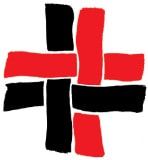
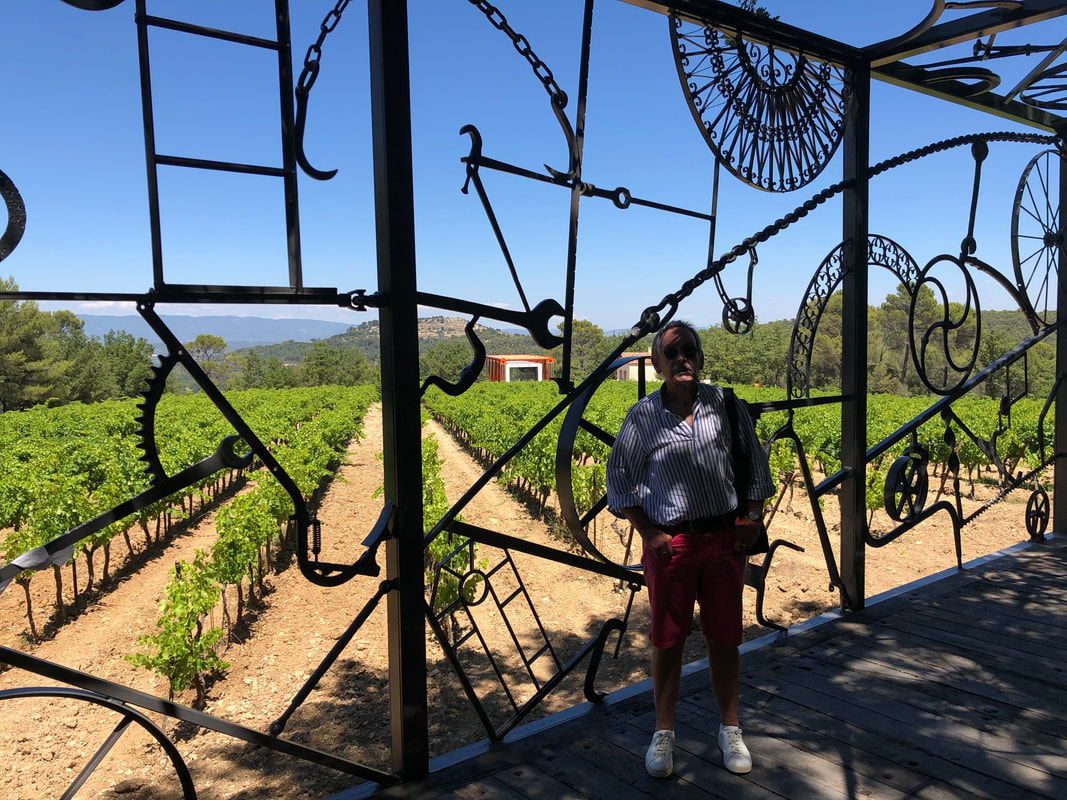
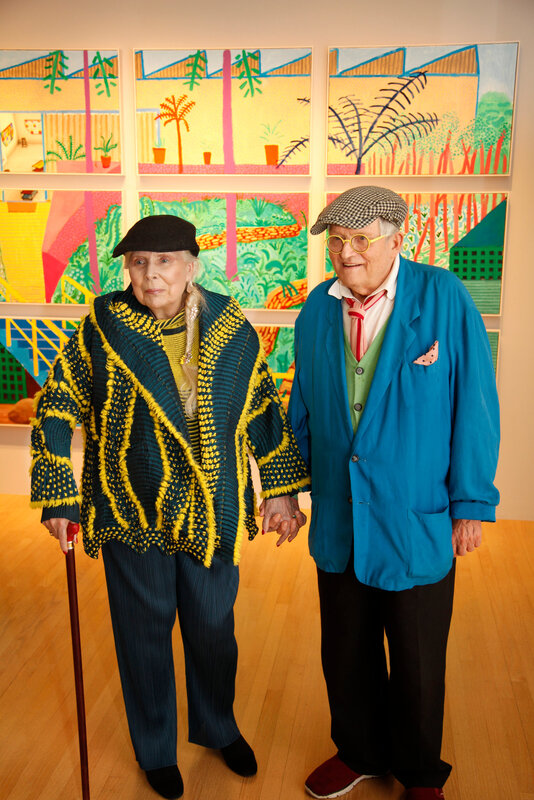
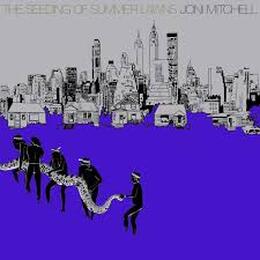
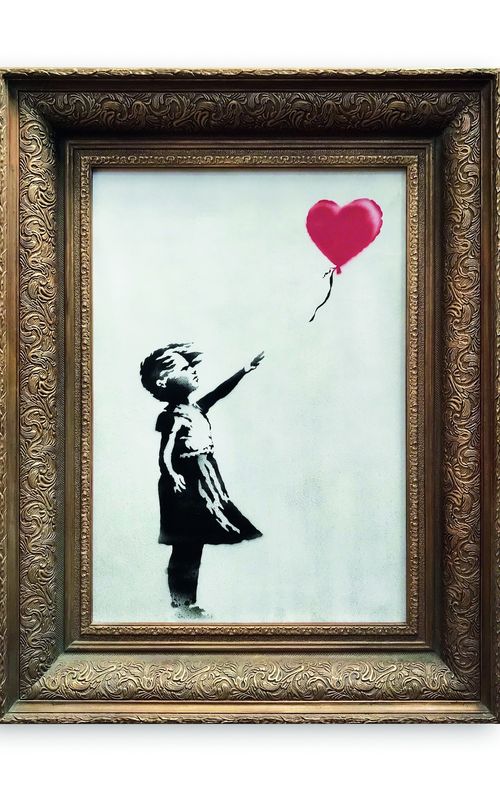

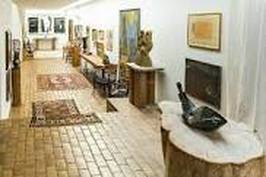
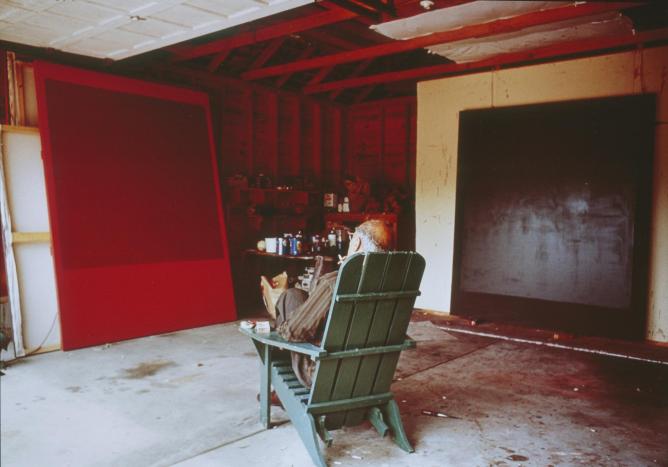
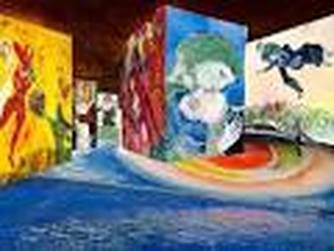
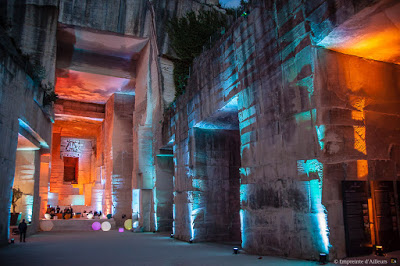
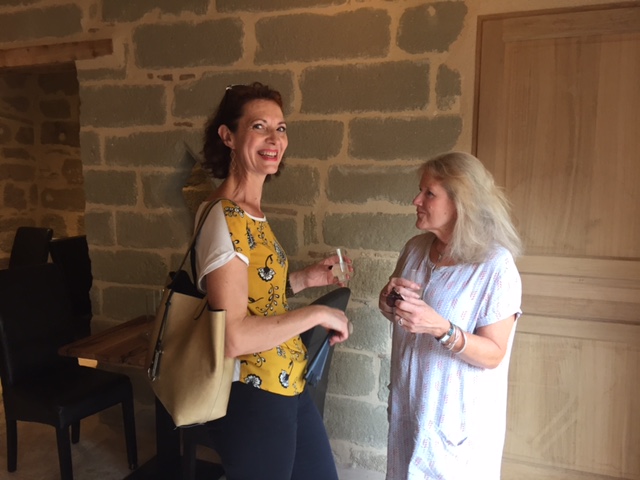
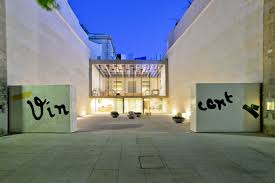
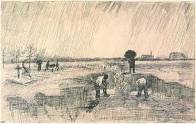
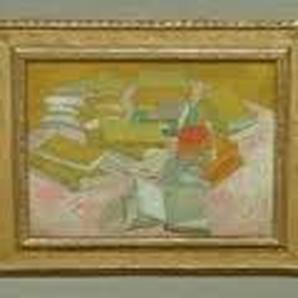
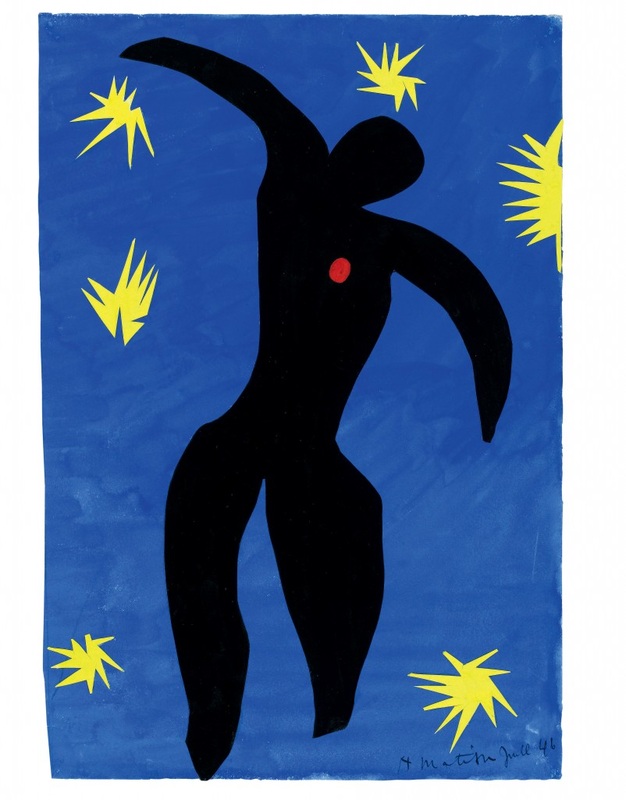

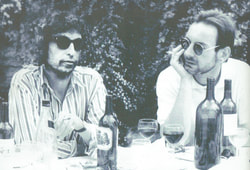



 RSS Feed
RSS Feed